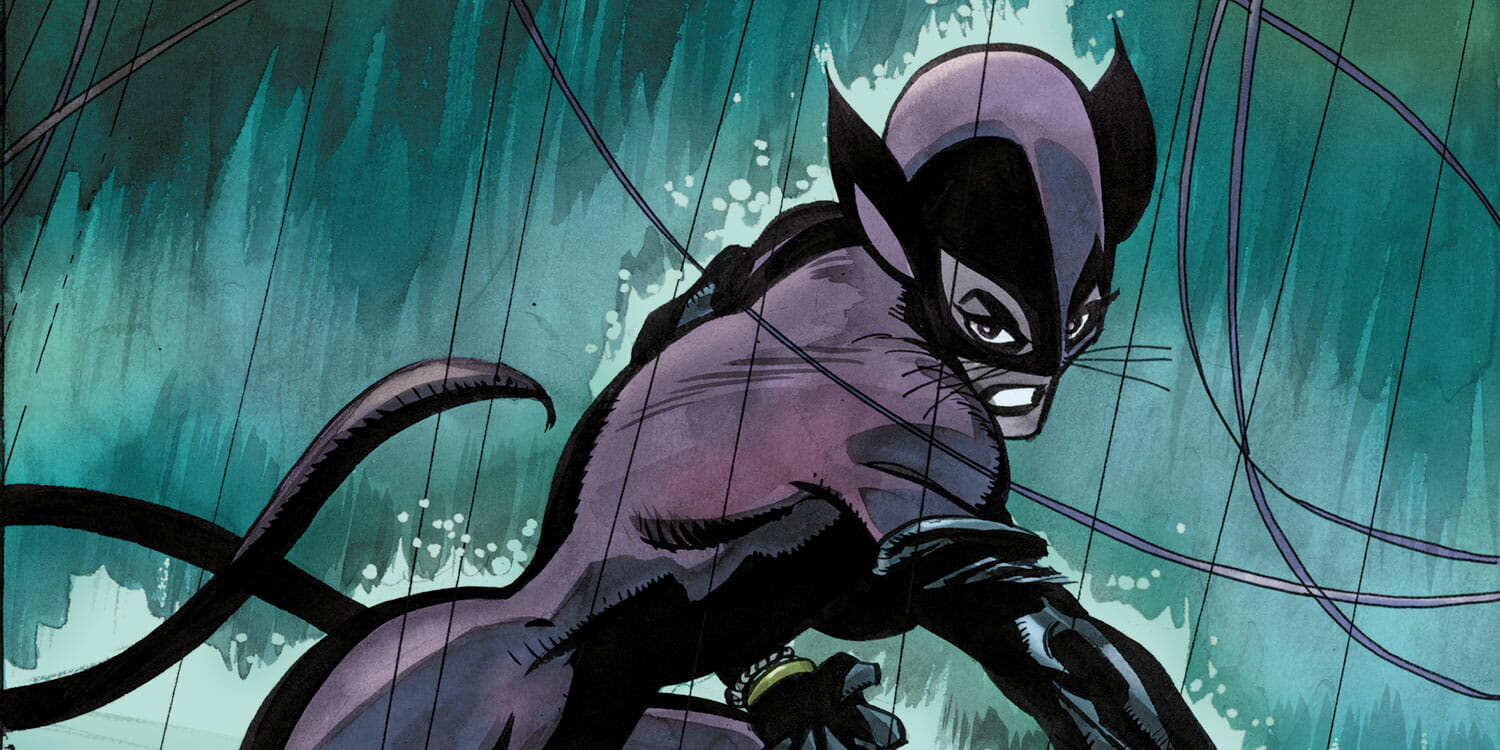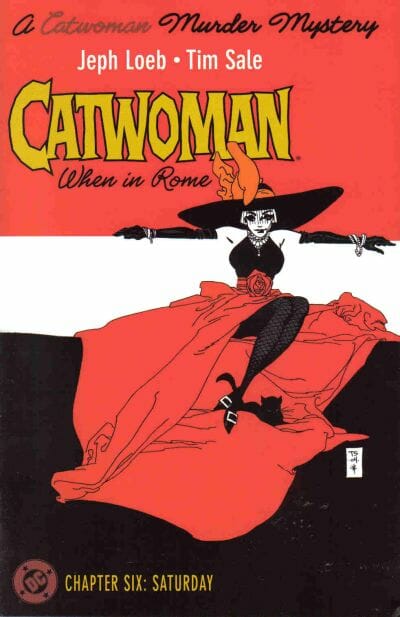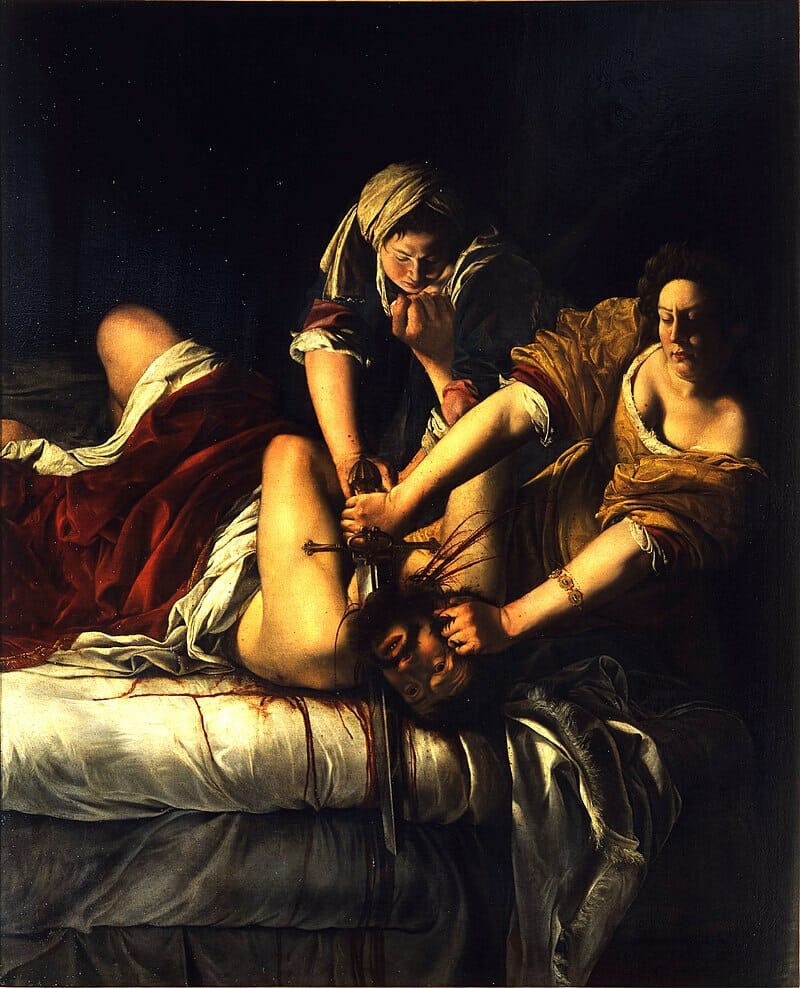
Catwoman: When in Rome | A perspective on elegance
Year
Format
When in Rome is a six-issue miniseries, featuring an ever-elegant yet rebellious Catwoman by Jeph Loeb and Tim Sale. Published in 2004, it’s a follow-up to The Long Halloween and Batman: Dark Victory. The cat burglar travels to Rome, contacting the local criminal underground to try and find her lost parents. Following her, there are Gotham City’s Riddler Edward Nigma and local hitman Christopher Castillo, The Blond. The adventure will force Catwoman not only to deal with the Italian mafia but also with her own issues from Gotham City.
You can’t tame a Cat
Even when flying to Rome to begin the search for her parents, Selina Kyle, Catwoman’s real identity, cannot seem to escape Gotham City’s phantoms. Her quest is much more intimate than just finding her family. Through nightmares haunting her throughout the story, she constantly faces her worst fear: being saved by Batman. The Dark Knight is at the same time Catwoman’s lover and most hated adversary. In his black and white vision of the world, Batman struggles to accept Selina for who she is. He constantly tries to steer her away from her criminal life. The burglar, in turn, fears all he wants is a doll, a socialite who looks pretty at parties.
Finding her family is a way for Catwoman to reaffirm her own independence, to triumph over his fellow Gotham citizens like The Riddler, and validate herself as a separate entity from Batman.

Catwoman: Loeb and Sale’s fashion model
The strength of the comic lies in its visual presentation. Inspired by the works of 1950s Italian fashion designer René Gruau works, Tim Sale crafts a book very close to an art gallery.
Rich colors and dark tones delineate characters and help visually express the mystery Catwoman is trying to solve. In the scenes of nightmares, he uses only two colors and creates a stark contrast inside the panels, setting up a dreamlike atmosphere. At night, Catwoman is at her best, her dark silhouette hiding in the shadows.
Much like a fashion model, Catwoman’s screen presence is felt in every chapter. In When in Rome, Selina’s elegance and sensuality are ever-present. From the catlike acrobatics on the roofs of Rome to the relaxing diversions in luxurious hotels, there’s a clear distinction between Catwoman’s curvy, almost liquid appearance and the squared, rigid figures of the men around her. Often compared to actress Audrey Hepburn, Selina driving a Vespa dressed as the fashion icon’s character in the 1953 movie Roman Holiday feels like an apt tribute.
Everyone needs a break
While Catwoman’s idea of a vacation includes risking her life When in Rome is about easing off. By leaving Gotham City Catwoman unplugs from her immediate issues and takes a moment to refocus her life. By putting herself first, she is able to face her fears and deal with the emotional turmoil her swinging relationship with Batman brings. In When in Rome Catwoman, Loeb and Sale show that, even for superheroes, taking a break sometimes is the perfect solution for solving complicated problems.
Tag
Buy a ☕ for Hypercritic









